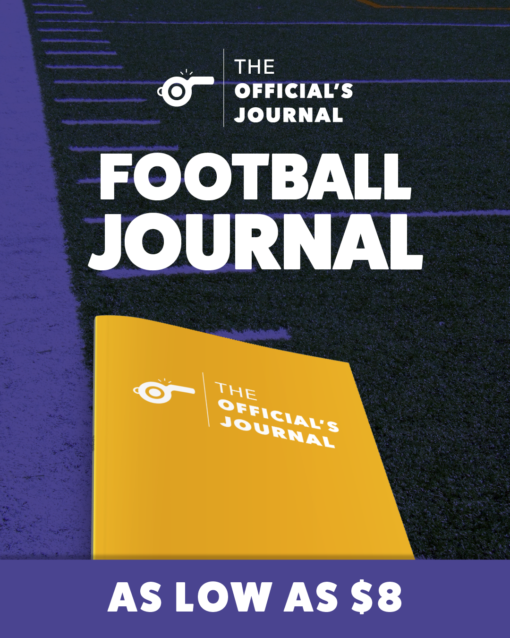2025 rule changes
Competition Committee looks to make little change to the rulebook
Only 2 rules proposals and 3 policy items advanced by the Committee

The NFL’s Competition Committee has released its two proposals for rules changes a week after three team proposals were released. Both the teams and the committee released other proposals affecting operational and personnel matters.
Proposals that have the backing of the Competition Committee have a better chance of approval than those that are only supported by one or more teams. It takes a ¾-vote of all owners to pass any rules proposal, so anything that has 8 owners against it is already dead in the water.
As expected, the Competition Committee was going to be light on changes this year. The committee has 10 members with 49ers general manager John Lynch and Buccaneers coach Todd Bowles involved in their first rulesmaking cycle. Also on the committee are Giants owner John Mara, Cowboys chief operating officer Stephen Jones, Bengals executive vice-president Katie Blackburn, Falcons chief executive officer Rich McKay, Dolphins general manager Chris Grier, and coaches Mike Tomlin, Sean McDermott, and Sean McVay. McKay has been the longtime chairman of the committee, but is co-chair this year with Jones.
Dynamic kickoff
The dynamic kickoff was expected to be tweaked because it was such a major change when it was introduced last year. The touchback spots and the kickoff spots seemed to be likely for refinement last spring once a full season could be examined. Since it was only approved for one season last year, at minimum the committee needed to put forth a proposal to extend that, but they opted to make it permanent.
As expected, the touchback spot for kickoffs that reach the end zone in the air was moved from the 30 to the 35. Incidentally, this is what was initially proposed in 2024, but was amended before the owners approved it.
The kickoff spot remains at the 35.
There is a slight formation change which will allow one less receiving team player to be up on the restraining line (the 35-yard line); as a result, there can now be up to three players in the setup zone that are not required to be on the line. These “outer belt” setup players must be spaced out across three lateral areas, by dividing the field to an area between the hashmarks and the two side zones. For instance, if there are two outer belt players, one can be between the sideline and the hashmarks, and the second one has the option of being in the other side zone or between the hashmarks. If there are three such players, each occupies one of those areas.
In response to the Chiefs’ inability to attempt an onside kick in the third quarter of Super Bowl LIX, a team may declare the intention for an onside kick any time in the game they are trailing. The onside kick formation is slightly modified to require the 10 kicking team linemen to have their front foot on the restraining line, rather than be one yard behind it.
Replay assist changes
Replay assist opened up, as expected, to include a wide range of 15-yard fouls, with strict limitations.
First, replay assist can jump in to pick up a flag, and not drop one down, with the only exception being 12 men on the field (since this is usually a boundary call). Under existing rules, if a late hit out of bounds is flagged on the field, replay can pick up the flag if the runner is still in bounds. It cannot assess an uncalled late hit. The committee added additional 15-yard fouls to the list.
Second, only objective criteria may be looked at, matching up with the standard of replay. If the call on the field is that a defender pulled the face mask, but replay shows he raked his hand across but didn’t pull the runner’s face mask, this flag cannot be picked up. Replay can’t rule if the face mask is incidental, but they can only rule that there was contact to the face mask (a foul that also extends to all helmet openings as well).
If tripping is called, there must not be contact with the foot or leg, but no evaluation if it is an unintentional act. If a horse-collar tackle is called, the flag can be picked up if the grab is in beyond the shoulder or below the nameplate, but the other aspects of the foul are not reviewable. If a hit on a defenseless receiver is called, replay can only pick up the flag if there is no contact to the head or neck area, but cannot rule on whether it was forcible contact.
Additionally, the replay official could assist on an intentional grounding call to see if the ball reached the line of scrimmage (if the passer is out of the pocket) or to determine if the quarterback left the pocket. They previously allowed the aspect of a quarterback under pressure to be checked, applying a small “halo” around the quarterback to make that determination. However, they are removing that particular aspect from replay under the current proposal.
Other proposals
The Competition Committee is also proposing:
- Allowing for 2 preseason injured reserve players to be designated for return on the roster cutdown day
- Increasing the number of designated-to-return players on injured reserve from 8 to 10 per season.
- In determining waiver priority, add an additional tiebreaker step at the end for lowest point differential after strength of schedule and strength of victory. (For waiver claims up to Tuesday following Week 3, the draft order is the waiver priority order.)






















